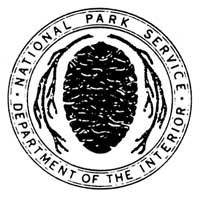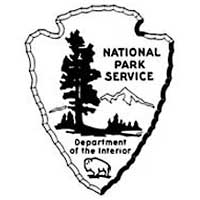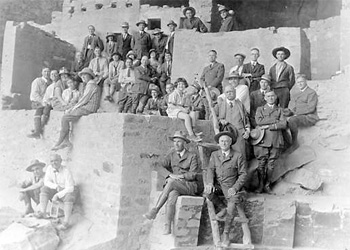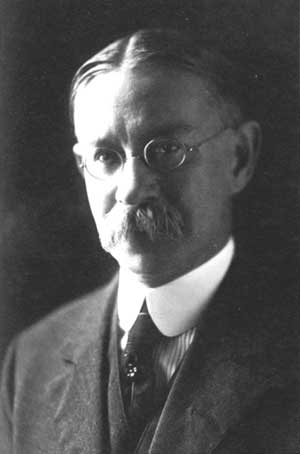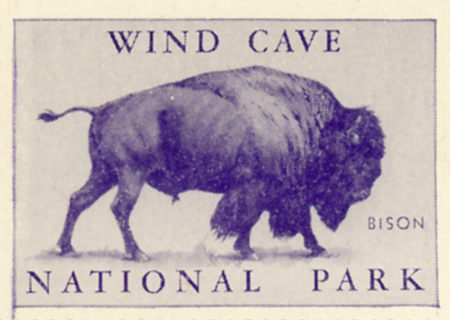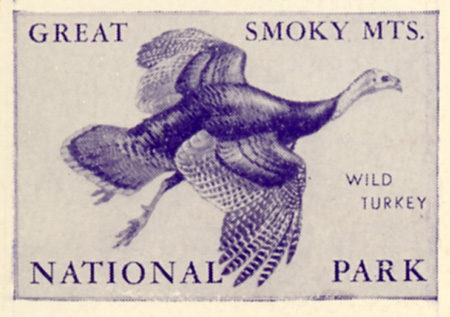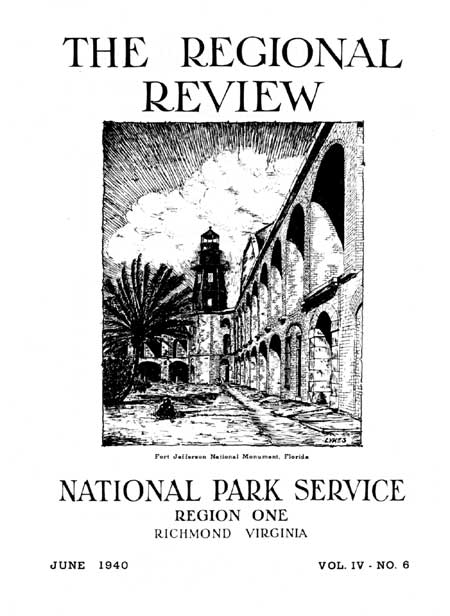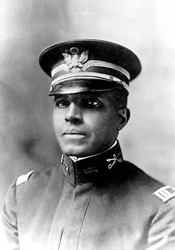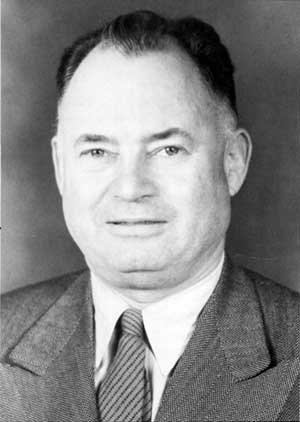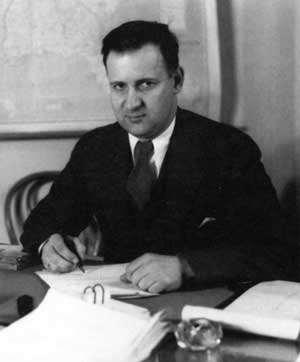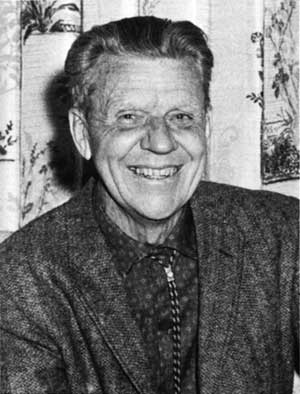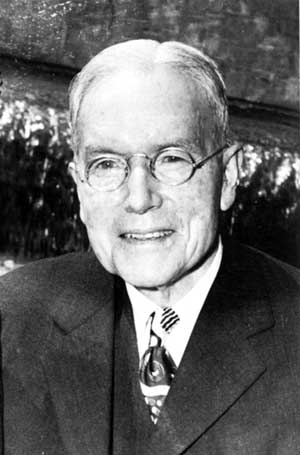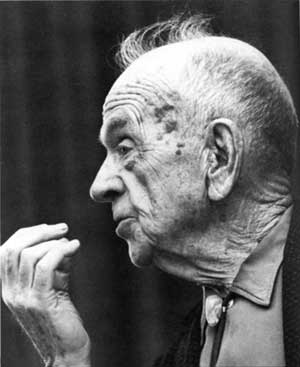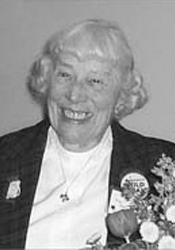|
National Park Service Centennial
In the early years of the 20th century
Stephen Mather and Horace Albright mounted a vigorous public relations
program to protect our National Parks. A public relations campaign led
to supportive articles in National Geographic, The Saturday Evening
Post, and other popular magazines.
Congress responded as desired, and on August 25,
1916, President Woodrow Wilson approved legislation creating the
National Park Service within the Interior Department. The act made the
bureau responsible for Interior's national parks and monuments, and such
other national parks and reservations of like character as may be
hereafter created by Congress. In managing these areas, the Park Service
was directed "...to conserve the scenery and the natural and historic
objects and the wild life therein and to provide for the enjoyment of
the same in such manner and by such means as will leave them unimpaired
for the enjoyment of future generations."
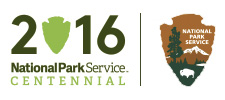
NPS Centennial logo
|
In the century since the founding of the National
Park Service the number of parks has grown to over 400 units, while
the annual number of visitors to our National Parks is now surpassing
300 million (contrast that to 358,000 in 1916).
Throughout 2016, we presentied a series of monthly
features which explored various aspects of the history and evolution of
the National Park Service. It was our hope that this information would
help to strengthen the preservation and conservation of our historic and
natural resources and enlighten the American people to the importance
of the heritage represented by the National Park System. All twelve
issues of our Centennial Edition are displayed below.
Monthly Features
January: NPS Directors
February: Brief History of the National Park Service
March: Expansion of the 1930s
April: Civilian Conservation Corps (CCC)
May: Mission 66
June: Alaska Expansion (ANILCA)
July: Shaping the System
August: The American Experience
September: Park Rangers
October: Interpretation and Education
November: Cultural Resource Management
December: Natural Resource Management
|
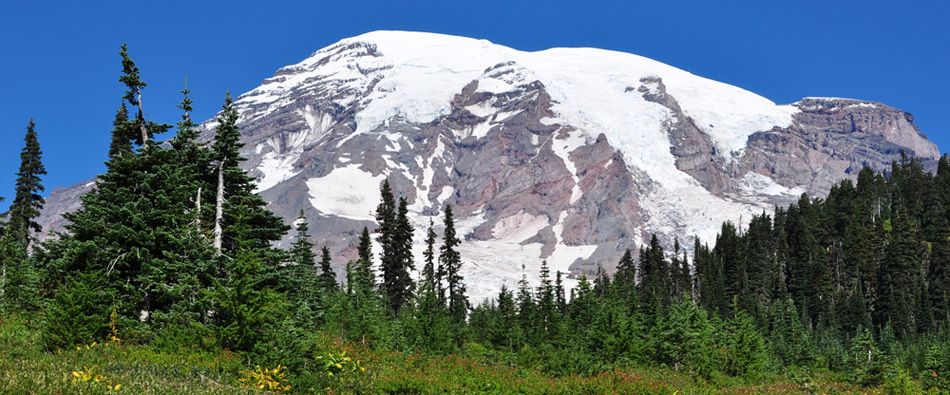
Mount Rainier National Park
Directors of the National Park Service
|
The parks do not belong to one state or to one
section. They have become democratized. The Yosemite, the Yellowstone,
the Grand Canyon are national properties in which every citizen has a
vested interest; they belong as much to the man of Massachusetts, of
Michigan, of Florida, as they do to the people of California, of
Wyoming, and of Arizona.
Who will gainsay that the parks contain the highest
potentialities of national pride, national contentment, and national
health? A visit inspires love of country; begets contentment; engenders
pride of possession; contains the antidote for national restlessness. It
teaches love of nature, of trees and flowers, the rippling brooks, the
crystal lakes, the snow-clad mountains peaks, the wild life encountered
everywhere amid native surroundings. He is a better citizen with a
keener appreciation of the privilege of living here who has toured the
national parks.
Stephen Tyng Mather
National Park Service Director (1917-1929)
|

(United States Railroad Administration, 1919)
|
|
|

Saguaro National Park
A Brief History of the National Park Service
|
|
I earnestly recommend the establishment of a Bureau
of National Parks. Such legislation is essential to the proper
management of those wondrous manifestations of Nature, so startling and
so beautiful that everyone recognizes the obligations of the Government
to preserve them for the edification and recreation of the
people...every consideration of patriotism and love of Nature and of
beauty and of art requires us to expend money enough to bring all of
these natural wonders within easy reach of our people. The first step in
that direction is the establishment of a responsible bureau, which shall
take upon itself the burden of supervising the parks and of making
recommendations as to the best method of improving their accessibility
and usefulness.
William Howard Taft
President of the United States (1909-1913)
|
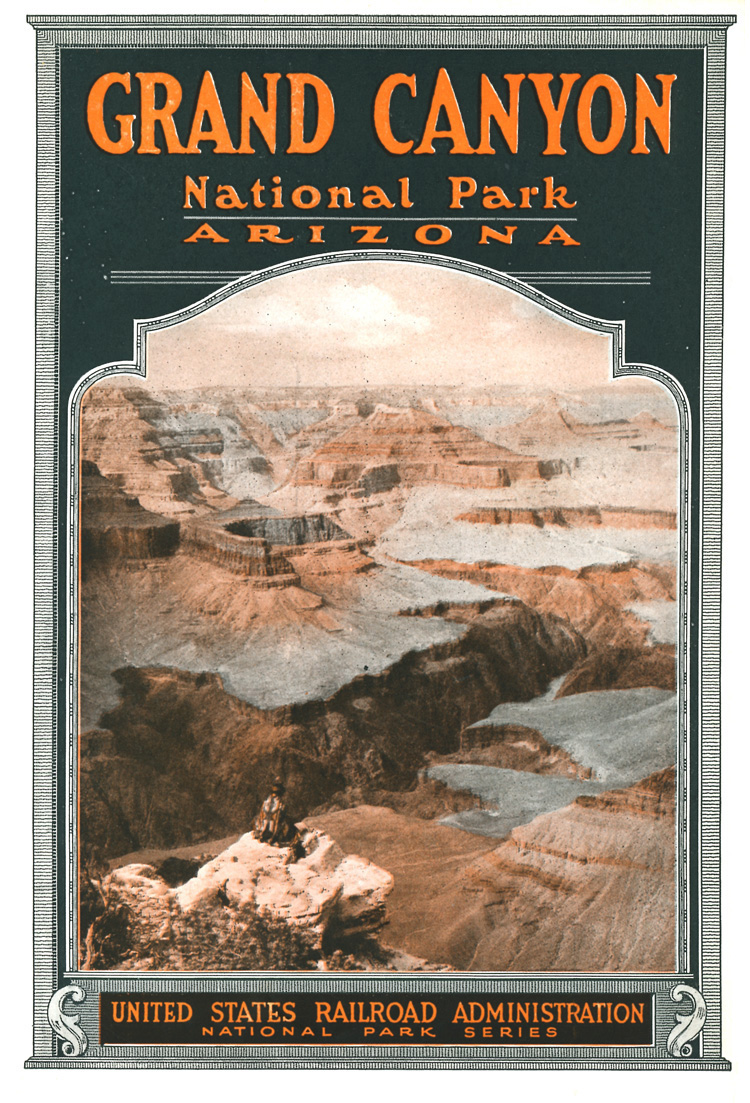
(United States Railroad Administration, 1919)
|
|
|

Great Smoky Mountains National Park
Expansion of the National Park Service in the 1930s
|
|
In no other way is the upward trend of our modern
civilization so well exemplified as in the establishment, development,
and increasing use of our National Park and Monument System.....Where
once the best in scenery, as well as in everything else, was reserved
for the use of those most favored, and for the pleasure of kings and
princes, today every American citizen or visitor to our shores may enjoy
the most priceless offerings of nature. Democracy is believed to be
still in the experimental stage, but surely any system that institutes
and makes successful such a magnificent experiment cannot fail of its
ultimate purpose.
Ray Lyman Wilbur
Secretary of the Interior (1929-1933)
|
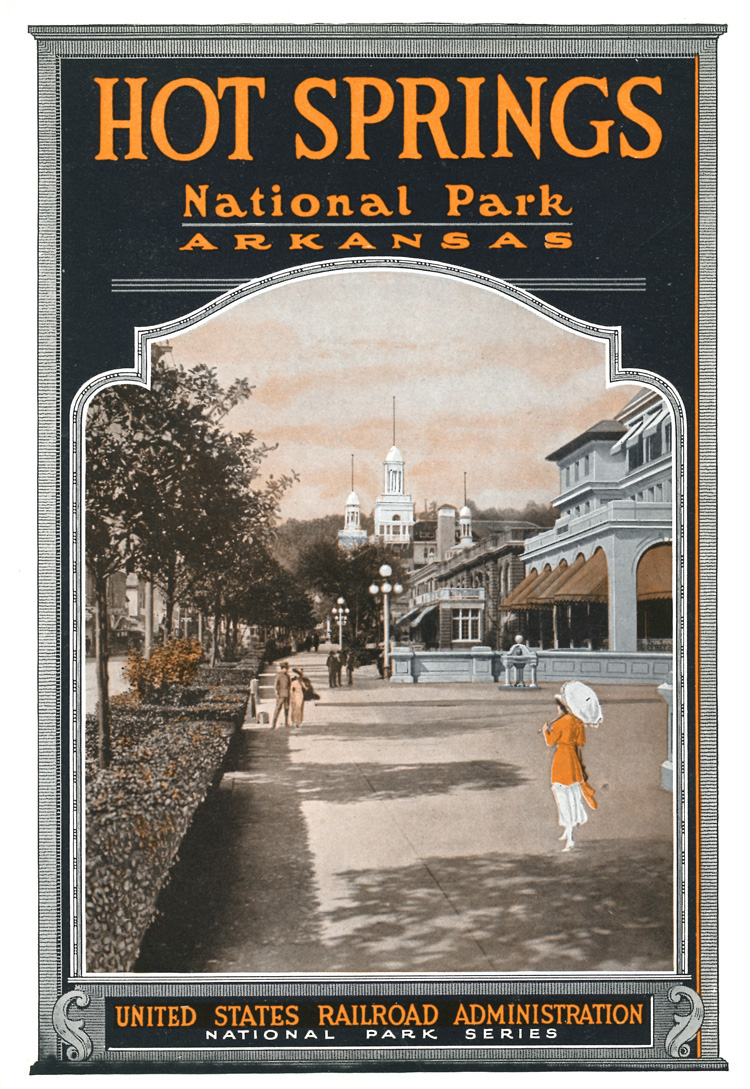
(United States Railroad Administration, 1919)
|
|
|

Congaree National Park
Civilian Conservation Corps (CCC) and the National Park Service, 1933-1942
|
The American way of life consists of something that
goes greatly beyond the mere obtaining of the necessities of existence.
If it means anything, it means that America presents to its citizens an
opportunity to grow mentally and spiritually, as well as physically. The
National Park System and the work of the National Park Service
constitute one of the Federal Government's important contributions to
that opportunity. Together, they make it possible for all
Americans—millions of them at first-hand—to enjoy unspoiled
the great scenic places of the Nation; to know what it was like before
it was touched by civilization and before its resources began to be
exploited commercially or modified by settlement and by agriculture and
industry. The National Park System also provides, through areas that are
significant in history and prehistory, a physical as well as spiritual
linking of present-day Americans with the past of their country. This
cultural attribute is a value in which the National Park Service areas
make unique contribution.
Most of the people who visit the parks, whether they realize it or not
or whether they put it into words, are impelled to visit them because of
the quest for a supreme experience. The gleam of glaciers on a mighty
mountain; the shimmering beauty of a lake indescribably blue, resting in
the crater of an extinct volcano; the thunder and mist of water falling
over sculptured granite cliffs; the colorful chapter in the Book of Time
revealed by the strata of a mile-high canyon gashed by a rushing river;
the sight of strange, new plants and animals living in natural
adaptation to their environment and to each other; the roar of surf
waging its eternal battle with the land; the silence that hangs over the
ruins of the habitations of forgotten peoples; the lengthening shadows
of the towering Sequoias—these and a thousand other vivid
impressions are at the heart of the experience that national park
visitors travel many miles to seek. All else that they do or that we do
in the National Parks is incidental. If we can remember this, we can
remain true to our high calling as trustees for the greater things of
America.
The young people of today are the lawmakers, the scientists, the
industrialists, the conservationists, the cattlemen, and the lumbermen
of tomorrow. It is vitally important that they learn today the values of
national parks and the principles underlying their preservation. For
they will have the say tomorrow as to what becomes of these properties
of the people.
Newton B. Drury
National Park Service Director (1940-1951)
|
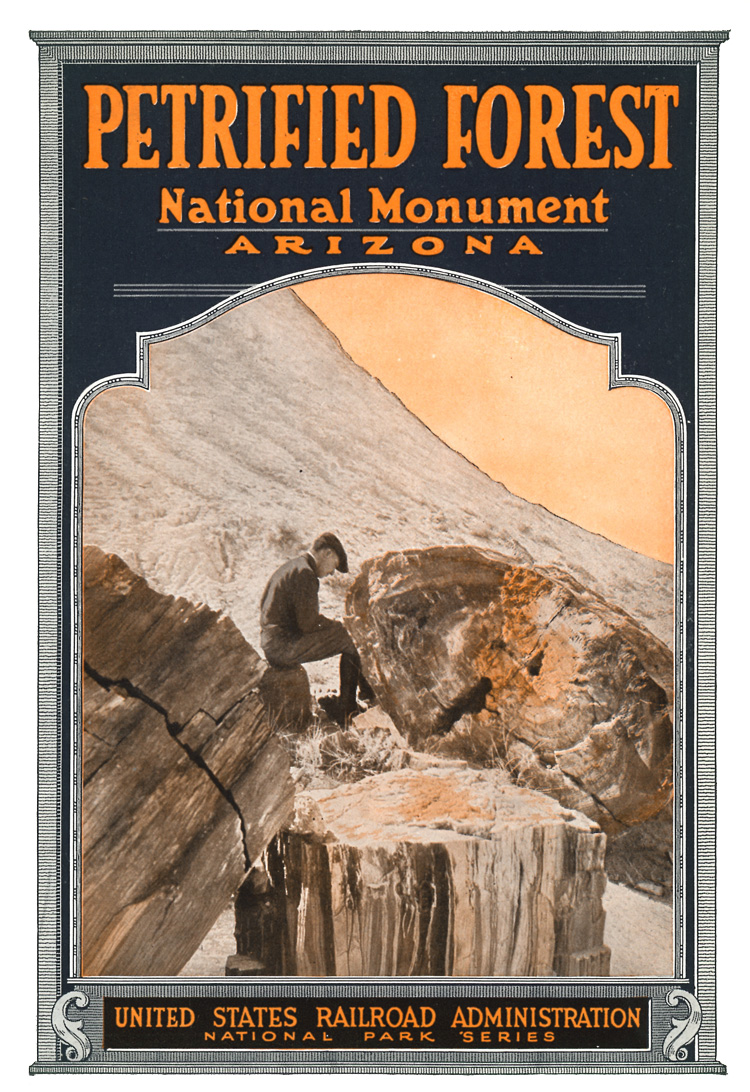
(United States Railroad Administration, 1919)
|
|
|

Crater Lake National Park
The National Park Service and Mission 66 (1956-1966)
|
In the 1960's resource conservation must concern
itself with all actions and activities that affect our overall
enviornment—from the pesticide residue in the penguins in the
Antarctic to safeguarding the polar bear in the Arctic.
But in our pride and zeal to preserve our monuments, we must always be
mindful of the natural environment in which they are placed. Polluted
waterways, devastated forests, destruction of the wildlife and natural
beauty which once abounded in this great Nation have brought us to a
very real, if quiet, crisis.
The hour is late, the opportunities diminish with each passing year, and
we must establish here a Common Market of conservation knowledge which
will enable us to achieve our highest goals and broadest purposes. With
each day that passes the natural world shrinks as we exert greater
artificial control over our environment.
Few of us can hope to leave a poem or a work of art to posterity; but
working together or apart, we can yet save meadows, marshes, strips of
seashore, and stream valleys as a green legacy for the centuries.
Stewart L. Udall
Secretary of the Interior (1961-1969)
|
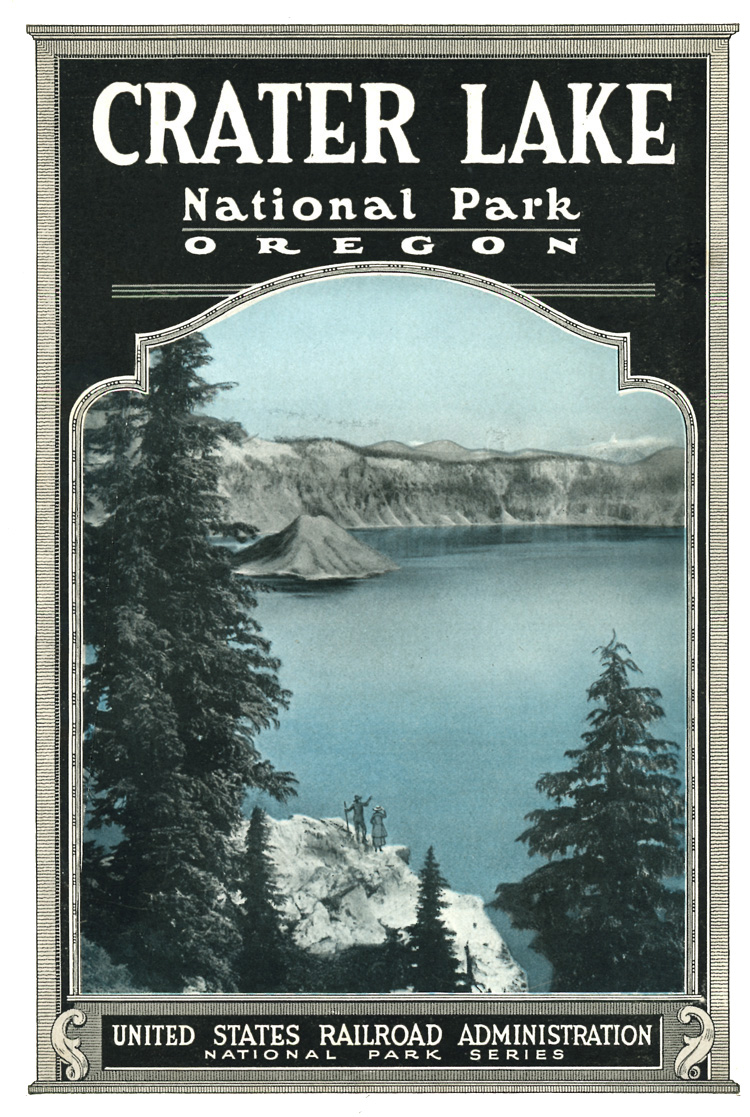
(United States Railroad Administration, 1919)
|
|
|

Everglades National Park
The National Park Service and the Alaska National Interest Lands Conservation Act (ANILCA) of 1980
|
Our world has changed many times during the ensuing
90-odd years [1872, the founding date of the National Park System], but
one constant in this changing world has been our continuing need for
parks and quiet places—our need for places of beauty at which we
may renew our strength; and our need for places of history where we may
draw inspiration from our heritage....
...The National Park idea has been nurtured by each succeeding
generation of Americans. Today, across our land, the National Park
System represents America at its best.
Each park contributes to a deeper understanding of the history of the
United States and our way of life; of the natural processes which have
given form to our land, and to the enrichment of the environment in
which we live.
George B. Hartzog, Jr.
Director of the National Park Service (1964-1972)
|
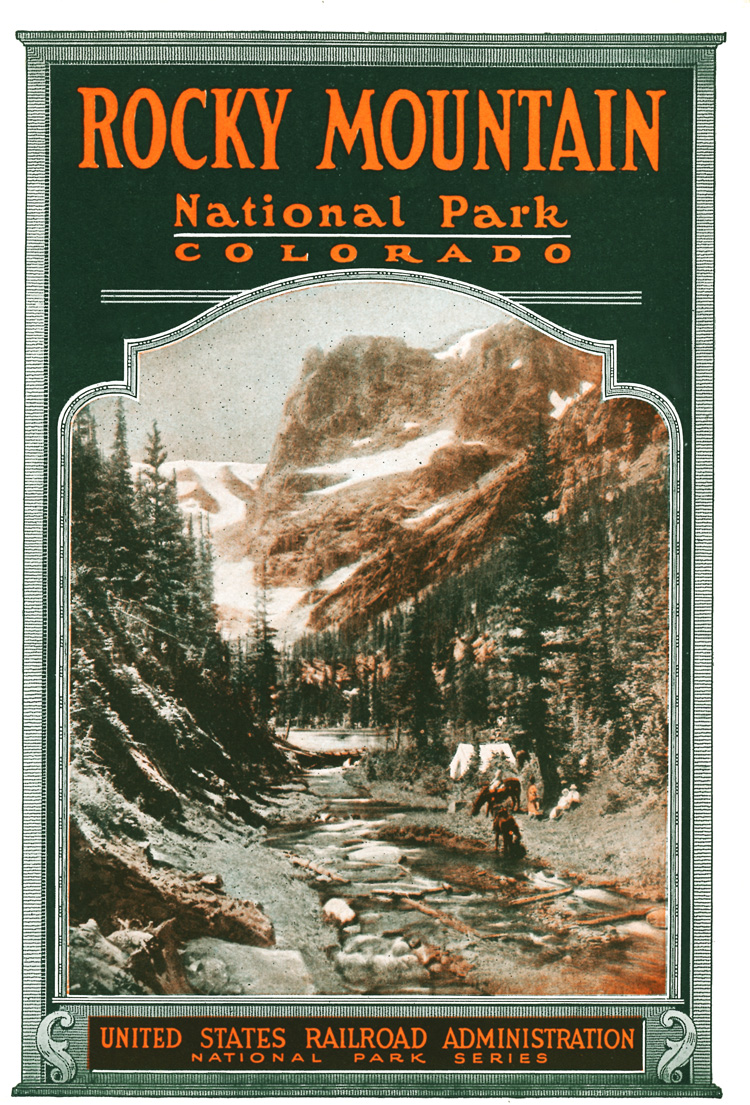
(United States Railroad Administration, 1919)
|
|
|

Grand Teton National Park
The National Parks: Shaping the System
|
The more you come to know the national parks, the
more the hidden assets begin to appear. You never come to the end of
them. They are seldom the things the eye first sees; they are nearly
never the things avowedly sought.
So we see that national parks are really national museums. Their purpose
is to preserve, in a condition as unaltered as is humanly
possible, the wilderness that greeted the eyes of the first white men
who challenged and conquered it. It is to insure that the processes of
nature can work, without artifice, upon all the living things, as well
as the earth forms, within their boundaries. It is to keep intact in the
wilderness areas all the historic and prehistoric evidences of
occupation by our predecessors.
Freeman Tilden
(1883-1980)
|
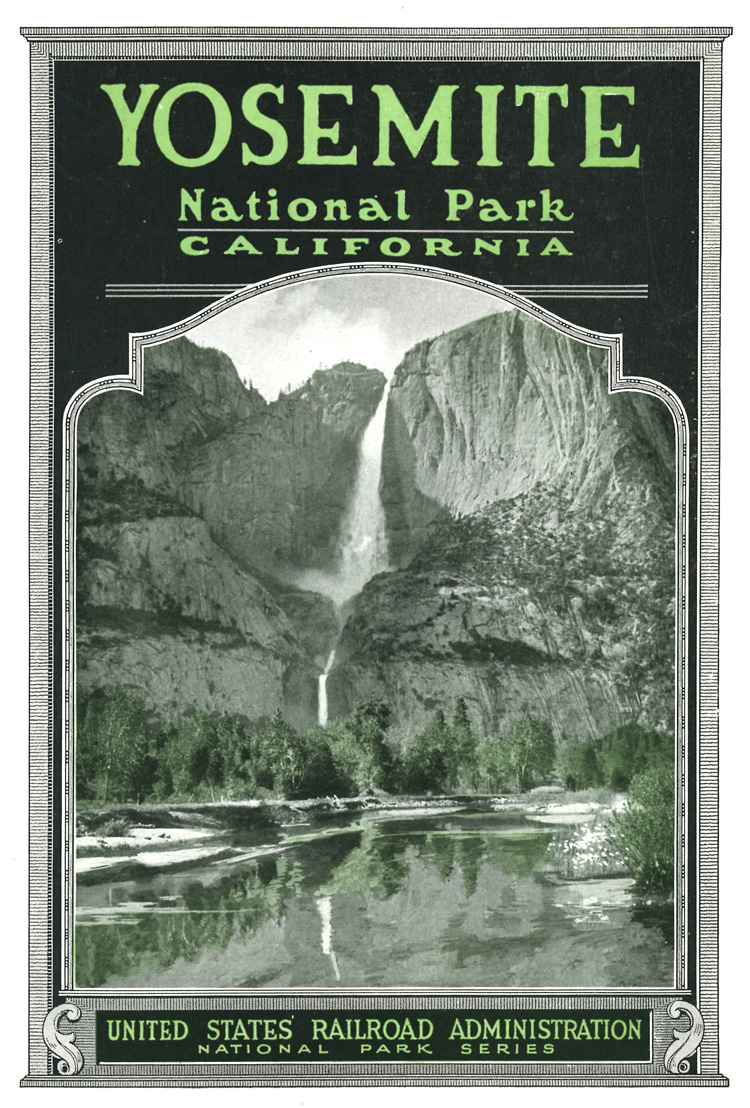
(United States Railroad Administration, 1919)
|
|
|

Yellowstone National Park
National Parks: The American Experience
|
|
National Parks are...more than areas of importance
for the aesthetic, spiritual, inspirational and educational values
inherent in their physiographic and biological features. They are
irreplaceable natural laboratories in which scientific studies can be
carried out which would not be possible in even the most elaborate and
conventional man-made laboratory. In the national parks it is possible
to study the structure, interrelations and behavior of biological
communities, discover how they are adapted to their environment and
compare them with the artificial communities elsewhere created by the
clearings, drainage, and contamination, and by the introduction of
exotic animals and plants by man. They offer the opportunity to pursue
long-term ecological studies difficult if not impossible to conduct
elsewhere.
National Academy of Sciences Advisory Committee on Research in the National Parks
The Robbins Report (1963)
The national park idea, the best idea we ever had,
was inevitable as soon as Americans learned to confront the wild
continent not with fear and cupidity but with delight, wonder and
awe.
Absolutely American, absolutely democratic, they
reflect us at our best rather than our worst. Without them, millions of
American lives, including mine, would have been poorer. The world would
have been poorer.
Wallace Stegner
Marking the Sparrow's Fall: The Making of the American West (1983)
|
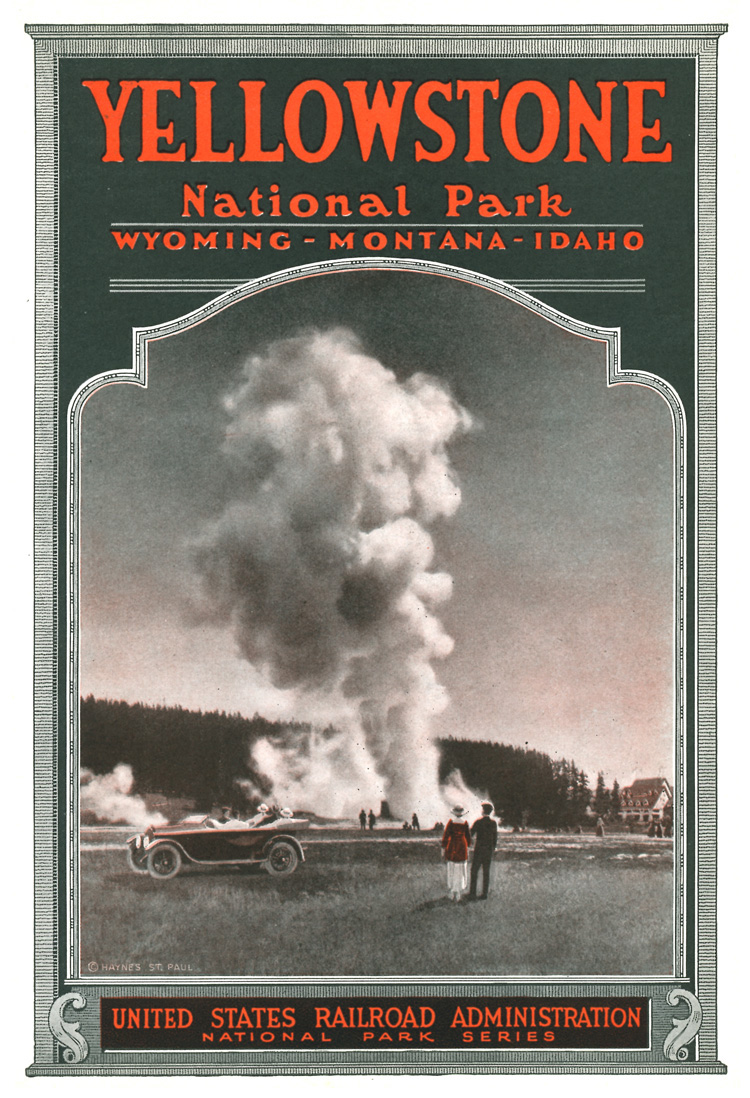
(United States Railroad Administration, 1919)
|
|
|

Glacier National Park
National Park Ranger: An American Icon
|
The wise use of our natural environment: it is, in
the final analysis, the highest form of national thrift—the
prevention of waste and despoilment while preserving, improving, and
renewing the quality and usefulness of all our resources.
Amid this ferment of change, modern conservationists are faced with a
far wider range of problems. The great battle of conservation in the
Sixties, the Seventies, and the Eighties; and in the coming Century is
no longer solely in the preservation of the spectacular. The real
conservation fight of the future lies rather in every nook and cranny of
this country—the fight is, for the creation of a livable total
environment.
Our resource problems in the 1960's are measured by the flyway of a
bird, the length of a river, the half-life of an element, the path of a
wind, the scope of the oceans, the shape of our cities. The years ahead
will require both public and private conservation statemenship of a high
order.
Stewart L. Udall
Secretary of the Interior (1961-1969)
|
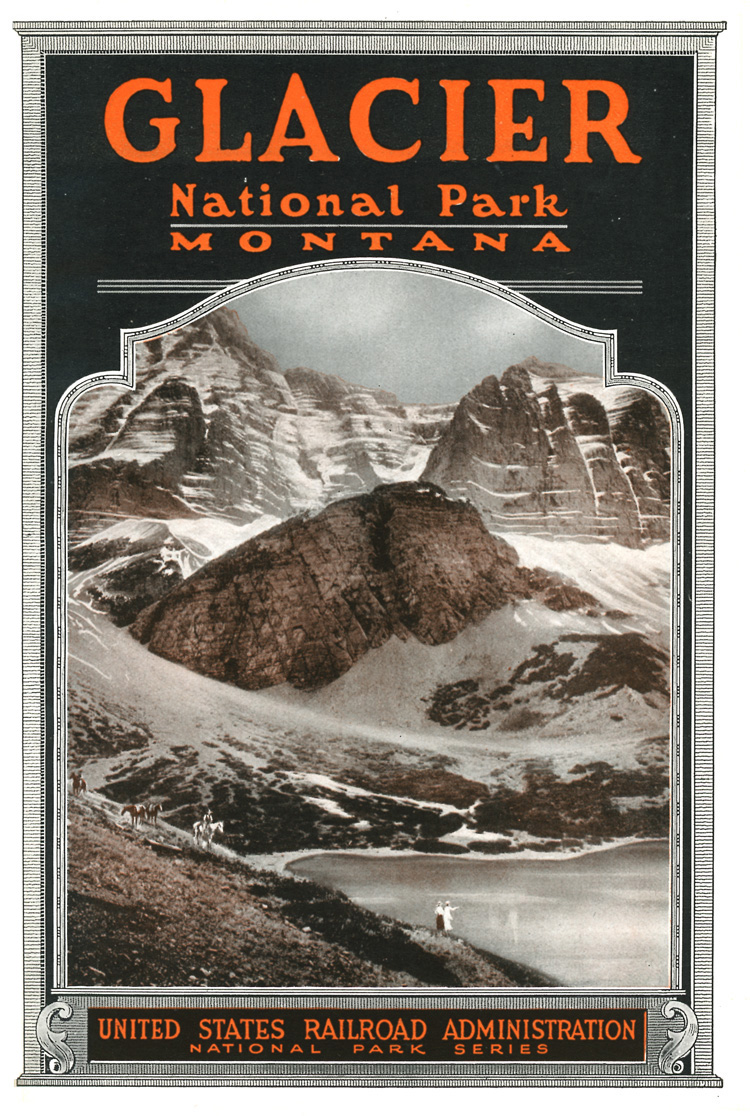
(United States Railroad Administration, 1919)
|
|
|

Redwood National and State Parks
Interpretation & Education in the National Park Service
|
|
The areas administered by the National Park Service
have been set aside to preserve a precious part of our national
heritage. It is not always realized, however, that this heritage
requires sympathetic study and presentation if it is to be of maximum
benefit to the public. The interpretative service is designed to fulfill
this need and to contribute to the national education and to the
maintenance of confidence in the American way of living. This service
may well be a potent force in maintaining national equilibrium in the
trying times which appear to lie ahead.
Arthur E. Demaray
National Park Service Director (1951)
|
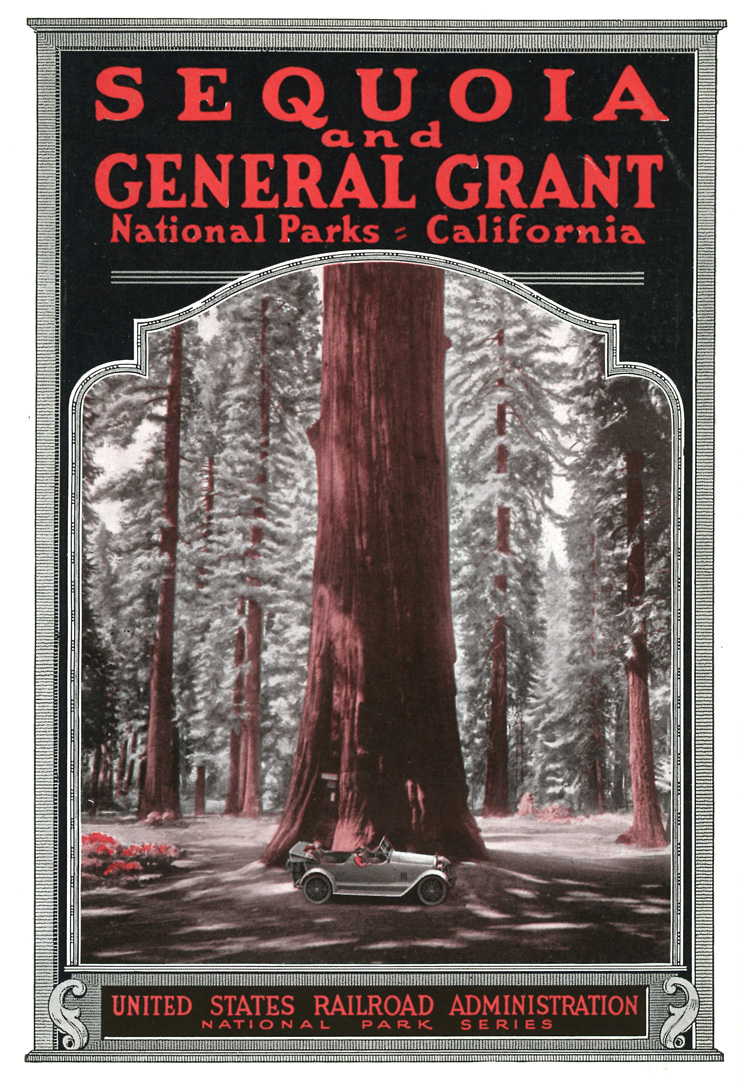
(United States Railroad Administration, 1919)
|
|
|

Lassen Volcanic National Park
Cultural Resource Management in the National Park Service
Monthly Feature
 Cultural Resources Cultural Resources
|
Featured Article

|
Notable Person
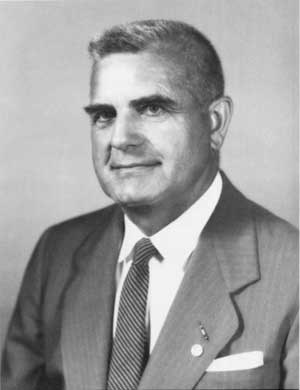 Roy Appleman Roy Appleman
|
Special Studies
History and Prehistory in the National Park System and the National Historic Landmarks Program (1987)
Imperiled Promise: The State of History in the National Park Service (Organization of American Historians, 2011)
African Reflections on the American Landscape: Identifying and Interpreting Africanisms (Brian D. Joyner, 2003)
Asian Reflections on the American Landscape: Identifying and Interpreting Asian Heritage (Brian D. Joyner, 2005)
Hispanic Reflections on the American Landscape: Identifying and Interpreting Hispanic Heritage (Brian D. Joyner, 2009)
LGBQT America: A Theme Study of Lesbian, Gay, Bisexual, Transgender, and Queer History (Megan E. Springate, ed., ©National Park Foundation, 2016)
Federal Historic Preservation Laws (2006) |

2001-current |
Historical Photographs
 Fort Union National Monument Fort Union National Monument
|
Books
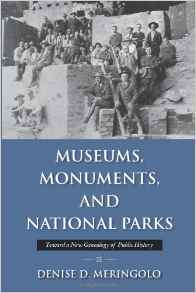
|
Handbooks
 Historical Historical
|
|
|
...when a society or a civilization perishes, one
condition may always be found. They forgot where they came from. They
lost sight of what brought them along. The hard beginnings were
forgotten and the struggles farther along. They became satisfied with
themselves. Unity and common understanding there had been, enough to
overcome rot and dissolution, enough to break through their obstacles.
But the mockers came. And the deniers were heard. And vision and hope
faded. And the custom of greeting became "What's the use?" And men
whose forefathers would go anywhere, holding nothing impossible in the
genius of man, joined the mockers and deniers. They forgot where they
came from. They lost sight of what brought them along.
Carl Sandburg
(1878-1967)
|
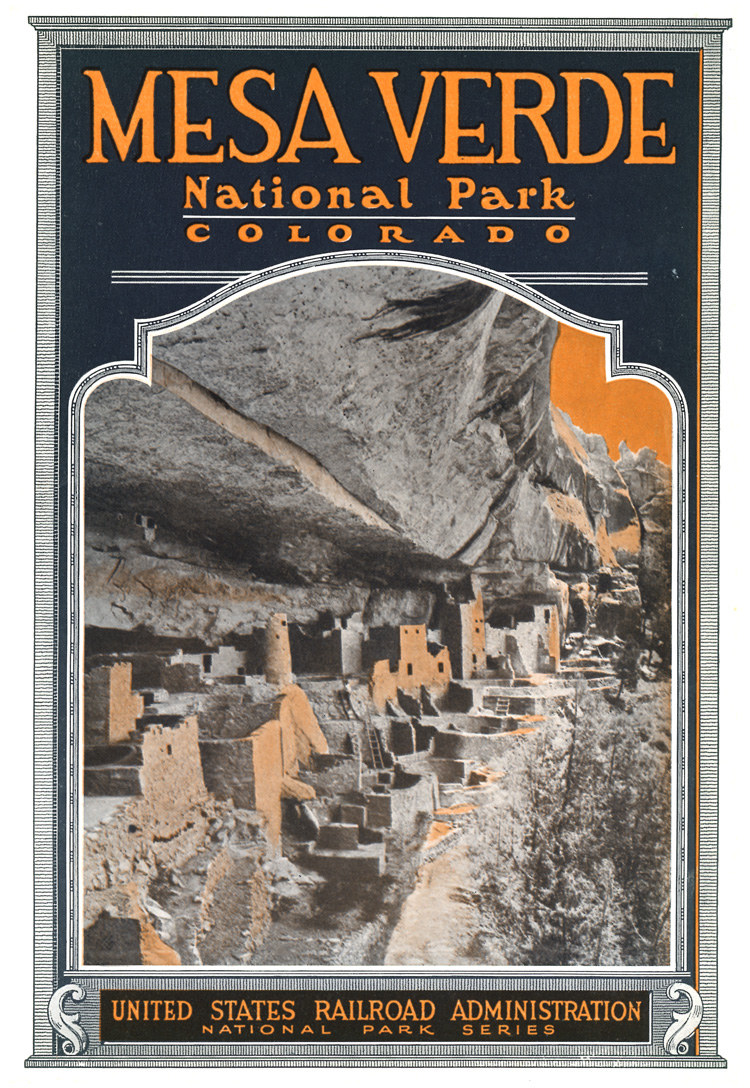
(United States Railroad Administration, 1919)
|
|
|

Olympic National Park
Natural Resource Management in the National Park Service
|
|
I think we all agree that a national park is not
merely scenery. A national park embodies something that cannot be found
everywhere—it embodies history, a way of life, primitive
experience, early environment. It has the elements capable of
providing that lifting of the spirit for which modern civilization is
willing to pay so much. A national park is specifically dedicated to
these intangible and imponderable qualities. Above all, natural
features in a national perk should have validity.
Olaus J. Murie
(1889-1963)
|
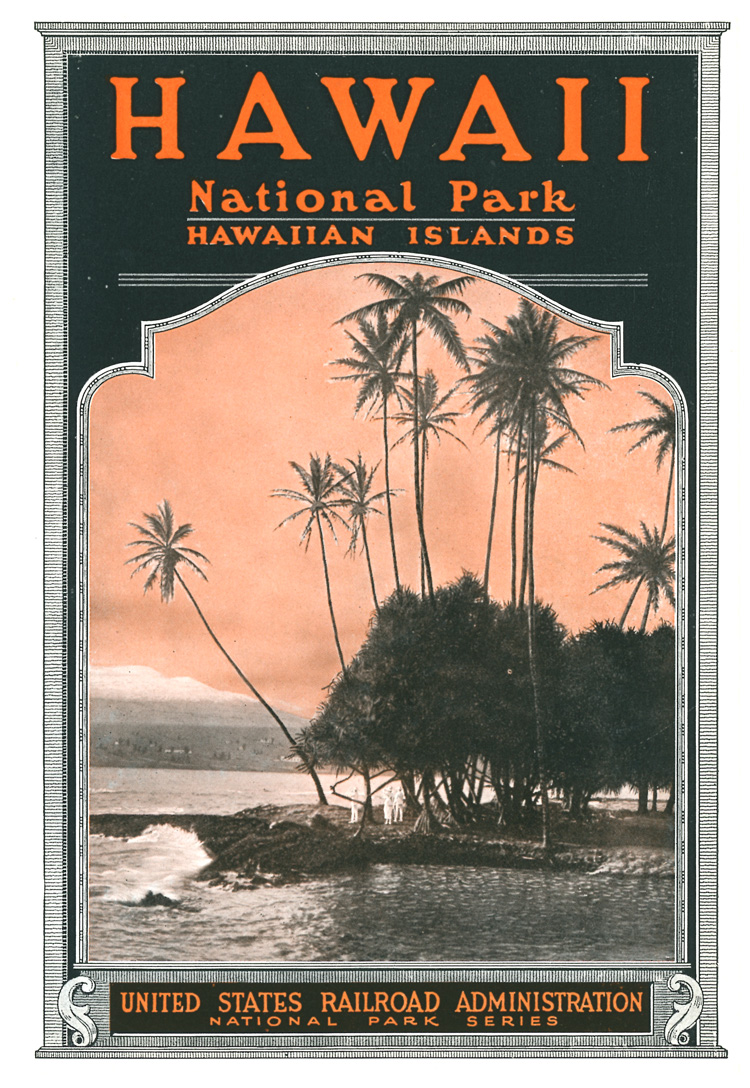
(United States Railroad Administration, 1919)
|
|
Centennial Links
George Wright Society's NPS Centennial Essays
A Call to Action
National Park Service Centennial 
National Parks Second Century Commission
NPS Advisory Board: Engaging Independent Perspectives for a 21st-Century National Park System
Next Century for Parks
National Park Service, Centennial One Object Exhibit (Google Cultural Institute)
Park Videos
Yeah, We're Beautiful (2015)
From Sea to Shining Sea (2007)
National Mall & Memorial Parks (2013)
This Website is not affiliated with the National Park Service (NPS).
|


